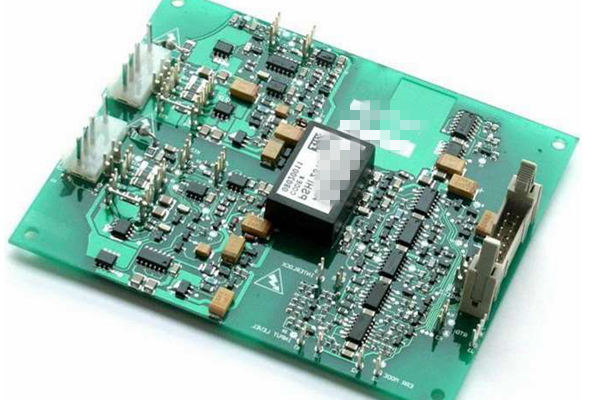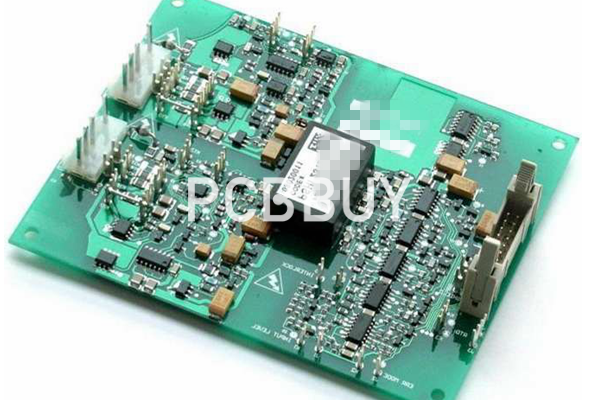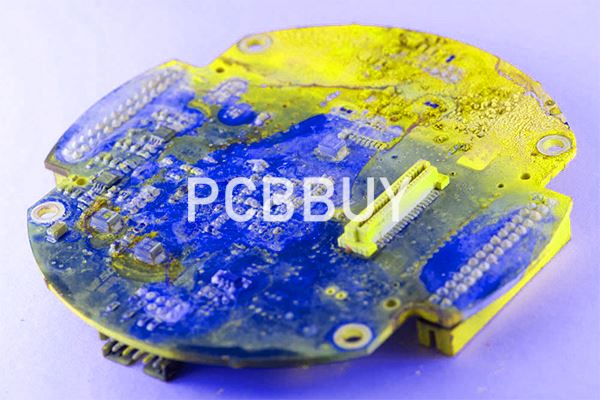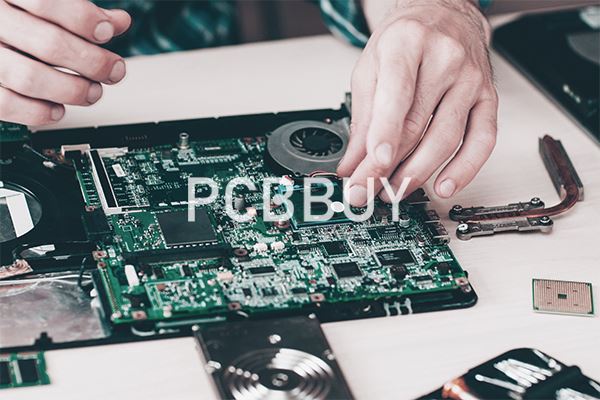What Are the Main Functions of PCB Electromagnetic Interference?
By:PCBBUY 04/26/2022 11:06

Circuit board designers must follow electromagnetic compatibility design principles to keep EMI to a minimum. The basic causes of EMC problems are fairly common and mostly have to do with design flaws that cause interference among the traces, circuits, vias, PCB coils and other elements.

Why to avoid electromagnetic interference?
Sources of electromagnetic interference are all around us, and we can categorize them in several ways:
Source
Human-made EMI arises from electronic circuits. Naturally occurring EMI, on the other hand, can arise from environmental factors like cosmic noise and lightning.
Duration
Continuous interference is an EMI source that emits a constant signal, which most often appears as background noise. Impulse interference is intermittent, usually caused by switching systems, lightning and other non-constant sources.
Bandwidth
Narrowband signals like those used by radio can encounter interference from oscillators and transmitters, though these sources only affect certain parts of the spectrum intermittently. Broadband interference affects high-data signals like TV and can come from many sources, including arc welders and solar noise.
Whether human-made or environmental, EMI can be both costly and dangerous. It can disrupt communication channels and sensitive devices. EMI is a notable concern in the medical field, where wirelesses device usage is on the rise. Unfortunately, EMI can affect the functionality of medical equipment like ventilators, ECG monitors, cardiac monitors and defibrillators. In other industries, EMI can disrupt sensors and navigational systems. The result in all cases is a disturbance of equipment that may be responsible for the health and safety of its users.
However, the most common source of EMI — and the most problematic source for designers — is internal. Poor PCB design can result in incompatible signals interfering with one another on the board. This interference can ultimately cause the board to fail. Designers must ensure that interference is kept to a minimum and any signals let off are compatible so as not to result in interference.

How to reduce Electromagnetic Interference in PCB?
Some components will produce EMI no matter what design rules you follow — especially small, high-speed parts. Fortunately, shielding and filtering can keep this EMI’s effects to a minimum. Some shielding and filtering options include the following:
Component and board shielding: Physical shields are metallic packages that encapsulate all or part of a board. Their goal is to keep EMI from entering the board’s circuitry, though the specific methods vary based on the EMI’s source. For EMI that comes from within the system, component shields may be used to encase a specific component that produces EMI — thus connecting to ground, reducing the antenna loop size and absorbing EMI. Other shields may encase the entire board to protect against EMI from outside sources. A Faraday Cage, for example, is a thick protective enclosure designed to block RF waves. These devices are usually made of metal or conductive foam.
Low-pass filtering: Sometimes, a PCB can include low pass filters to eliminate high-frequency noise from components. These filters suppress the noise from these part, allowing the current to continue on the return path without interference.
Cable shielding: Cables that carry analog and digital currents create the greatest amount of EMI issues. They produce these issues by producing parasitic capacitance and inductance — a particular problem for high-frequency signals. Fortunately, shielding these cables and connecting them to ground at the front and back helps cancels out EMI interference.

What are the challenges of EMI in PCB?
The general effects of electromagnetic interference between electronic devices are noticeable. Wireless communication systems are interrupted by unexpected broadcasts, automotive systems may malfunction, and advanced sensors used in medical or other applications may not transmit the complete or correct data. Flight attendants still make a similar request before the takeoff and landing of commercial flights. Even back in CB radios’ days, we learned to avoid revving our cars’ engines to reduce the engine noise from our transmissions. But EMI prevention goes much further than that, and there are many different design standards in place to specify how much interference is or isn’t allowed:
· IEC 60601-1-2 is a series of standards that define medical equipment’s essential performance and safety expectations
when confronted with EMI.
· CISPR 12 is a regulatory requirement to ensure that automobiles’ internal combustion engines do not interfere with wireless communication when the vehicle is near residences or businesses.
· CISPR 25 ensures the performance of radios and other communication equipment mounted in vehicles equipped with internal combustion engines.
Industry Category











